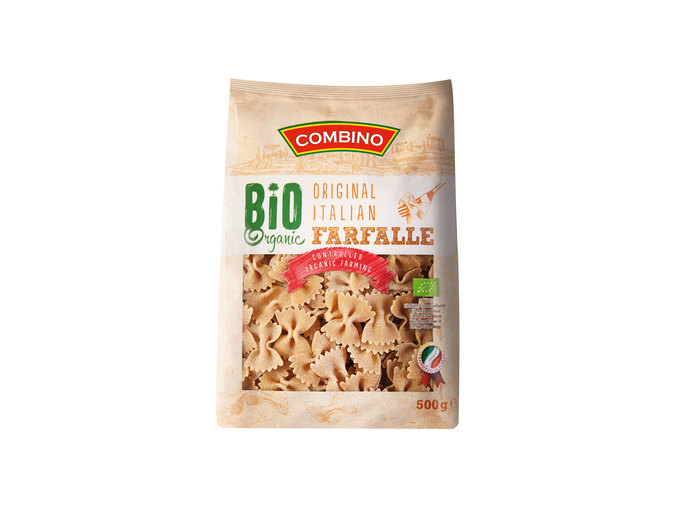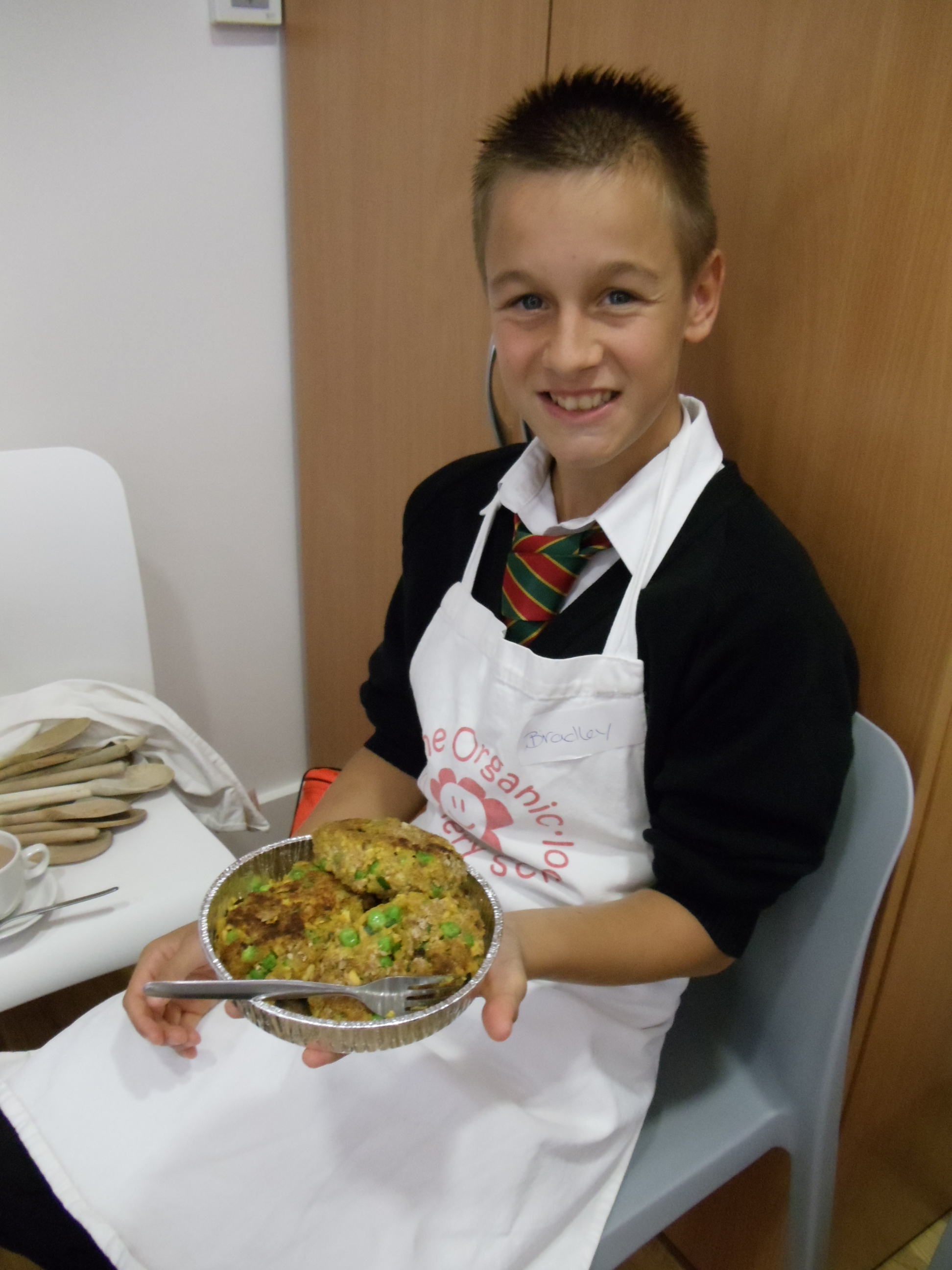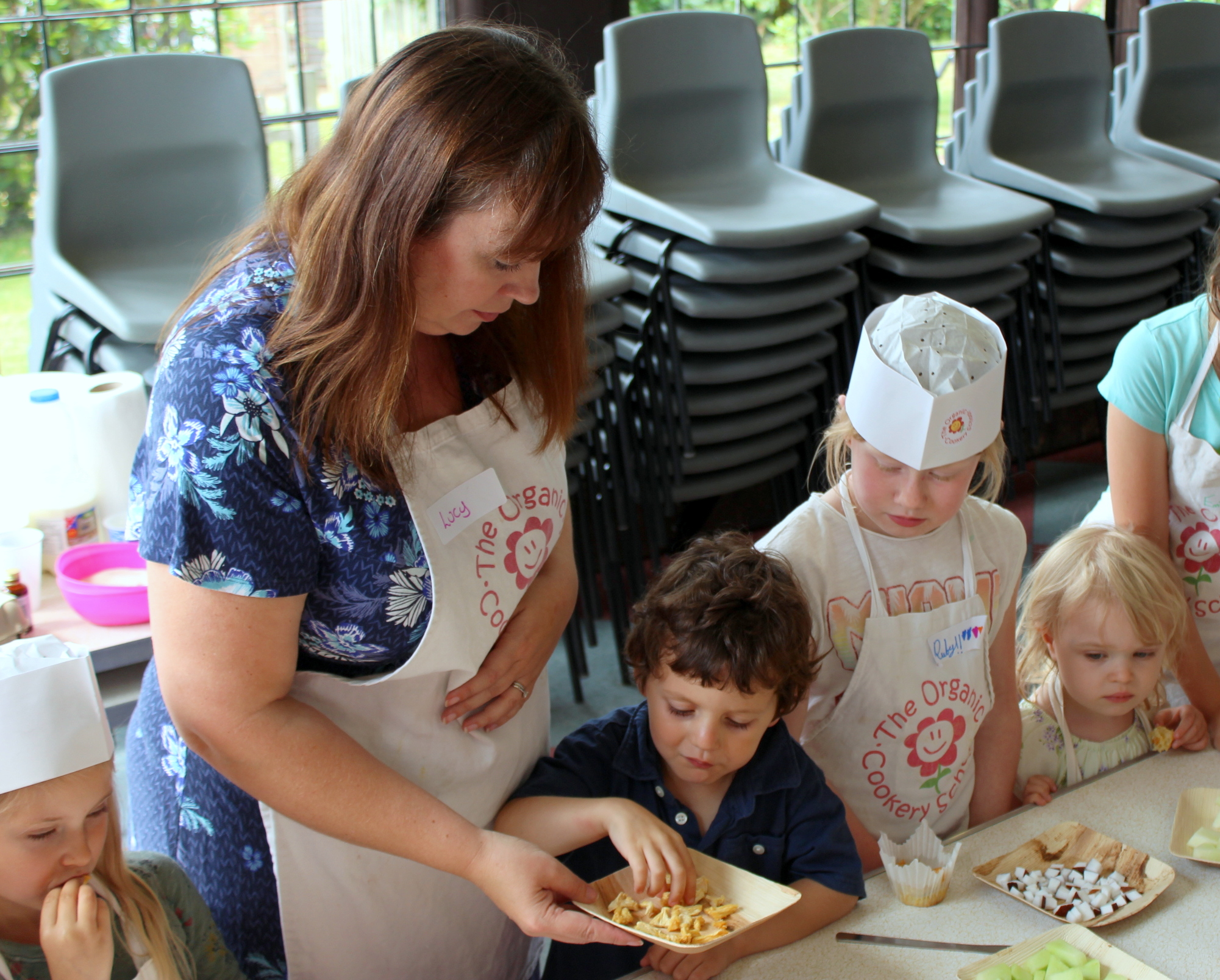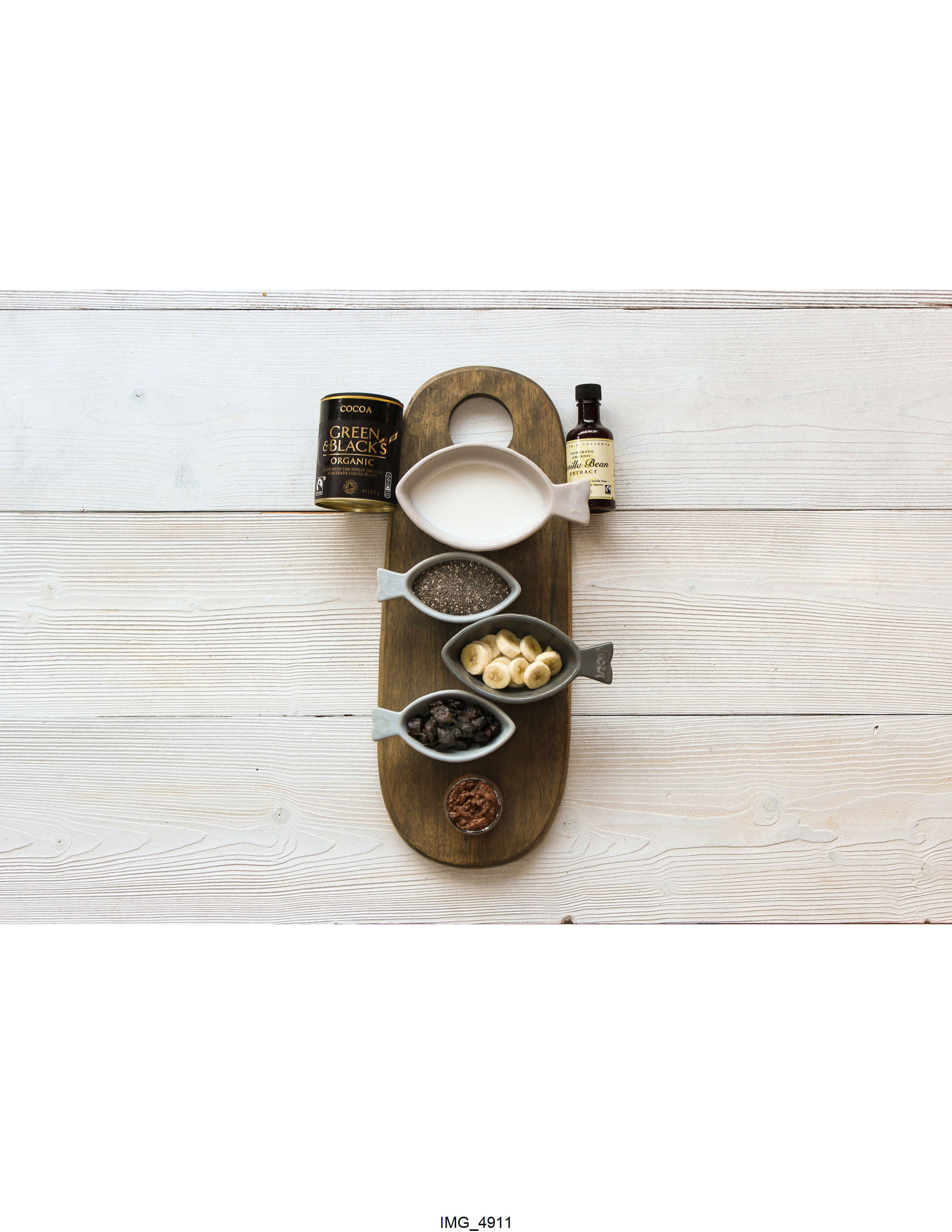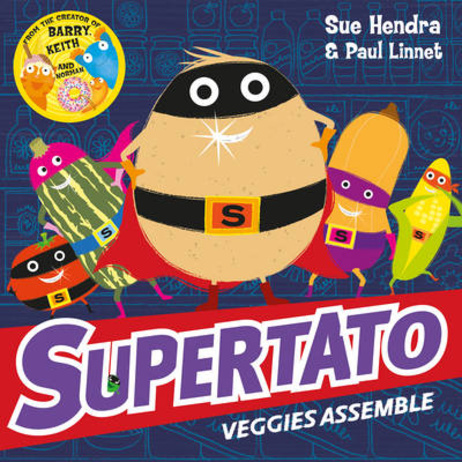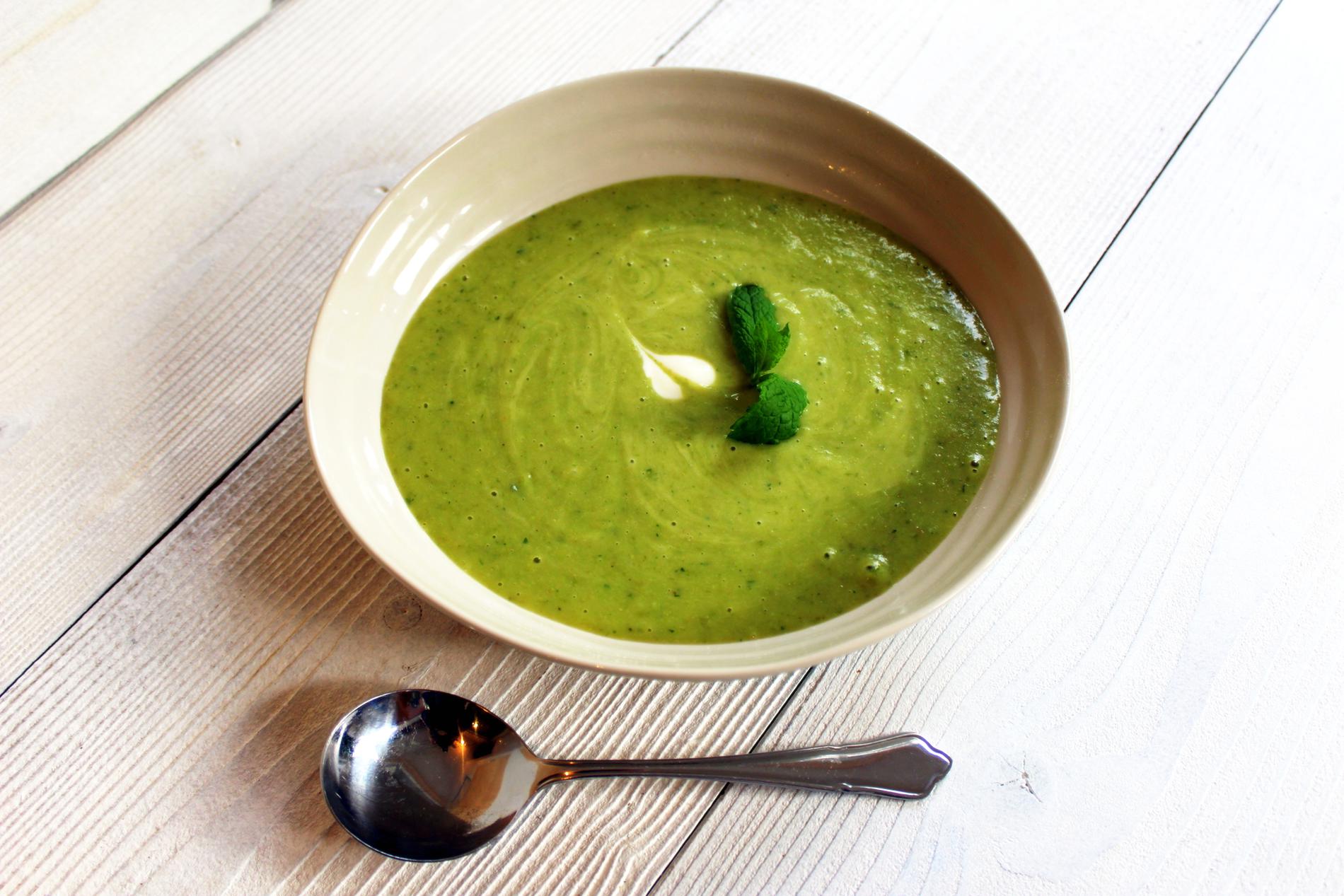We love Lidl - they always stock a great range of organic and fairtrade goodies, and a couple of times a year they run their Organic Week promotions. This week is one of those weeks (running 3rd August to 9th August inclusive).
Here are out top ten storecupboard essentials to stock up on whilst on promotion.
Organic Grains:
Organic Bulgur Wheat (£1.99 for 500g)
Organic Spelt (£1.99 for 750g)
Organic Buckwheat (£1.99 for 500g)
Organic Amaranth (£1.99 for 500g)
There's also this very affordable muesli, which works brilliantly in flapjacks, homemade granola bars:
5) Organic Wholegrain Muesli (£2.19 for 500g)
Next up organic pasta at just 99p for 500g. (Check out their basic organic tomato pasta sauce too)
Followed by three storecupboard bargains:
Organic Extra Virgin Olive Oil (£2.99 for 500ml)
Organic Tomato Ketchup (£1.29 for 450ml)
Organic Coconut Oil (£3.99 for 500ml)
Add this to organic smoked salmon, tons of organic fruit and veg choices, eggs, milk, yogurt and more and you're sure to save a few pennies at Lidl this week.
What will you make?










